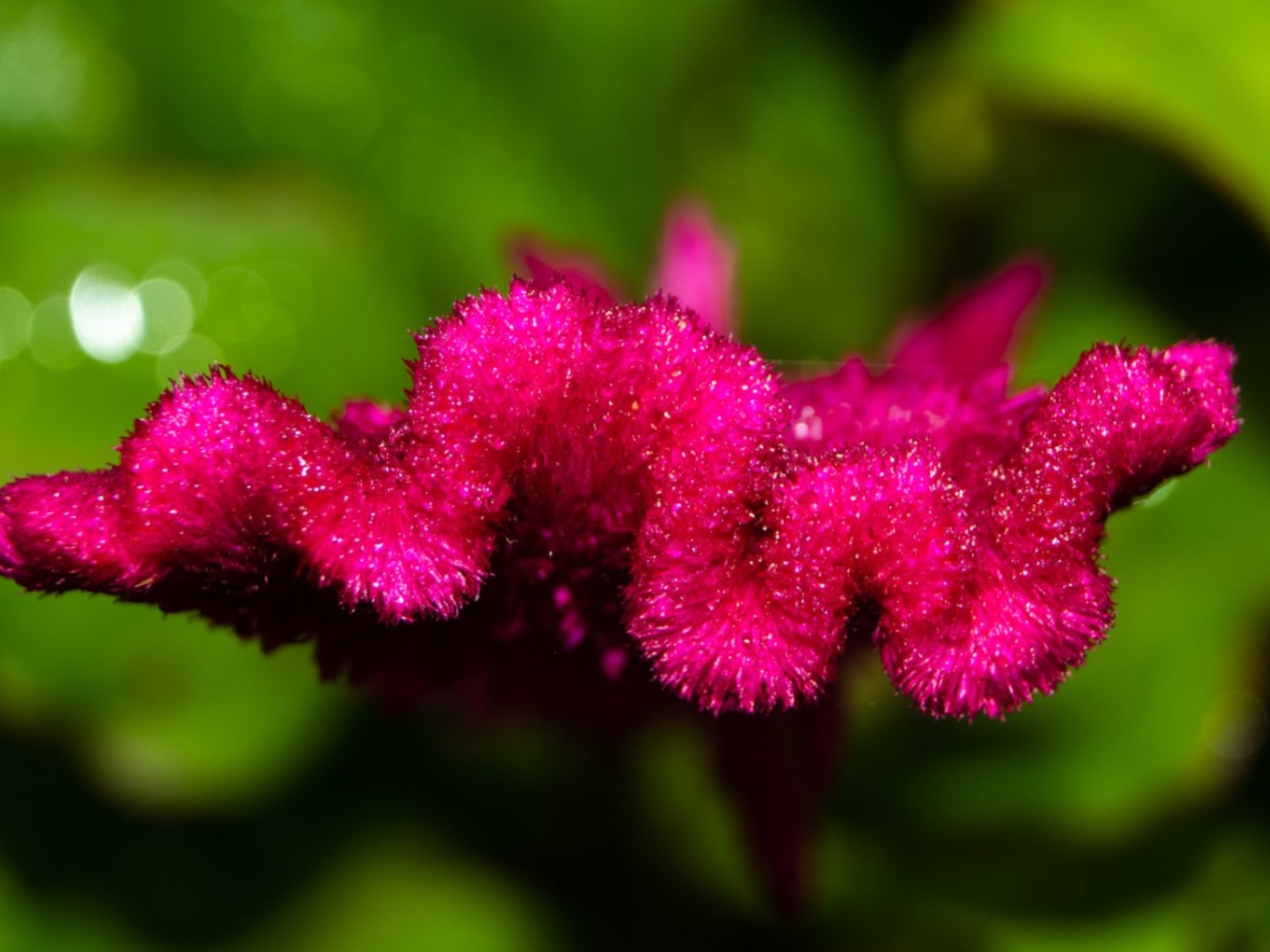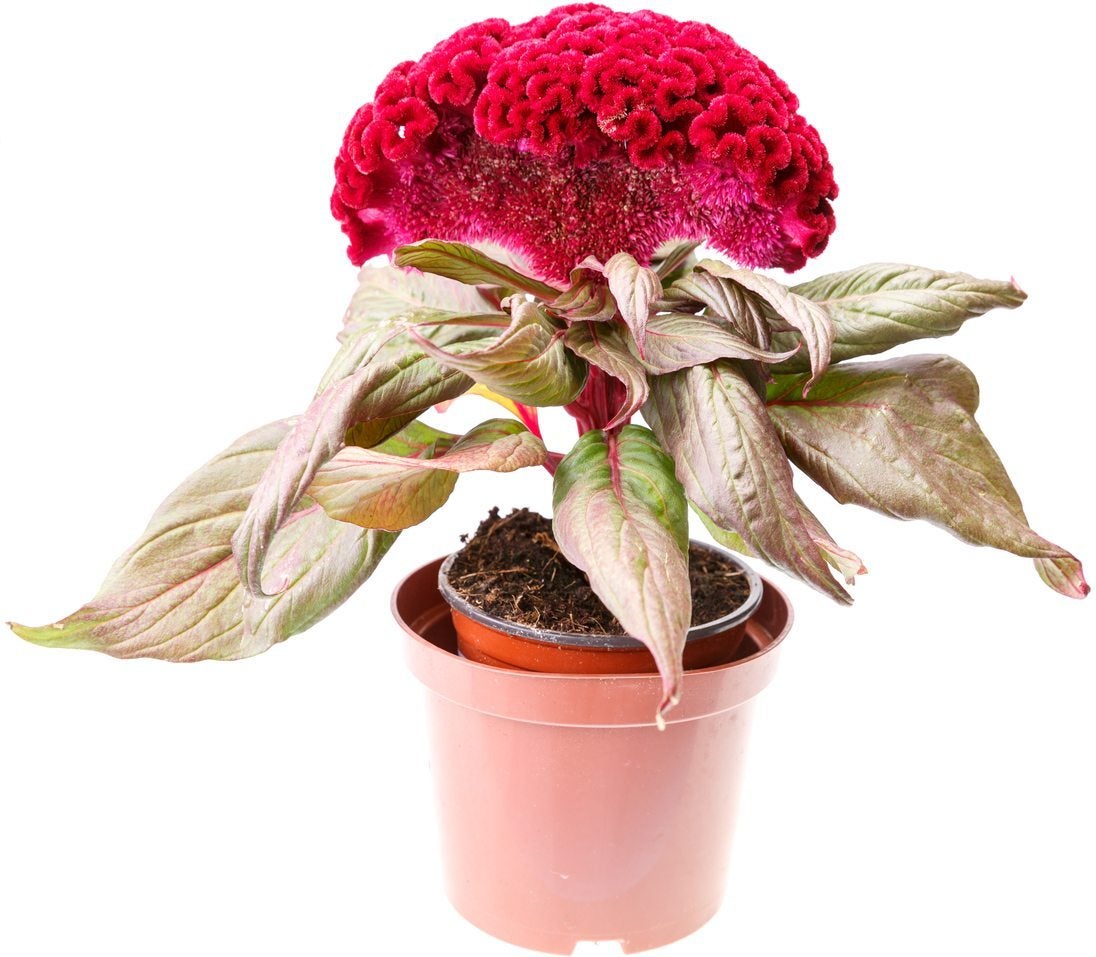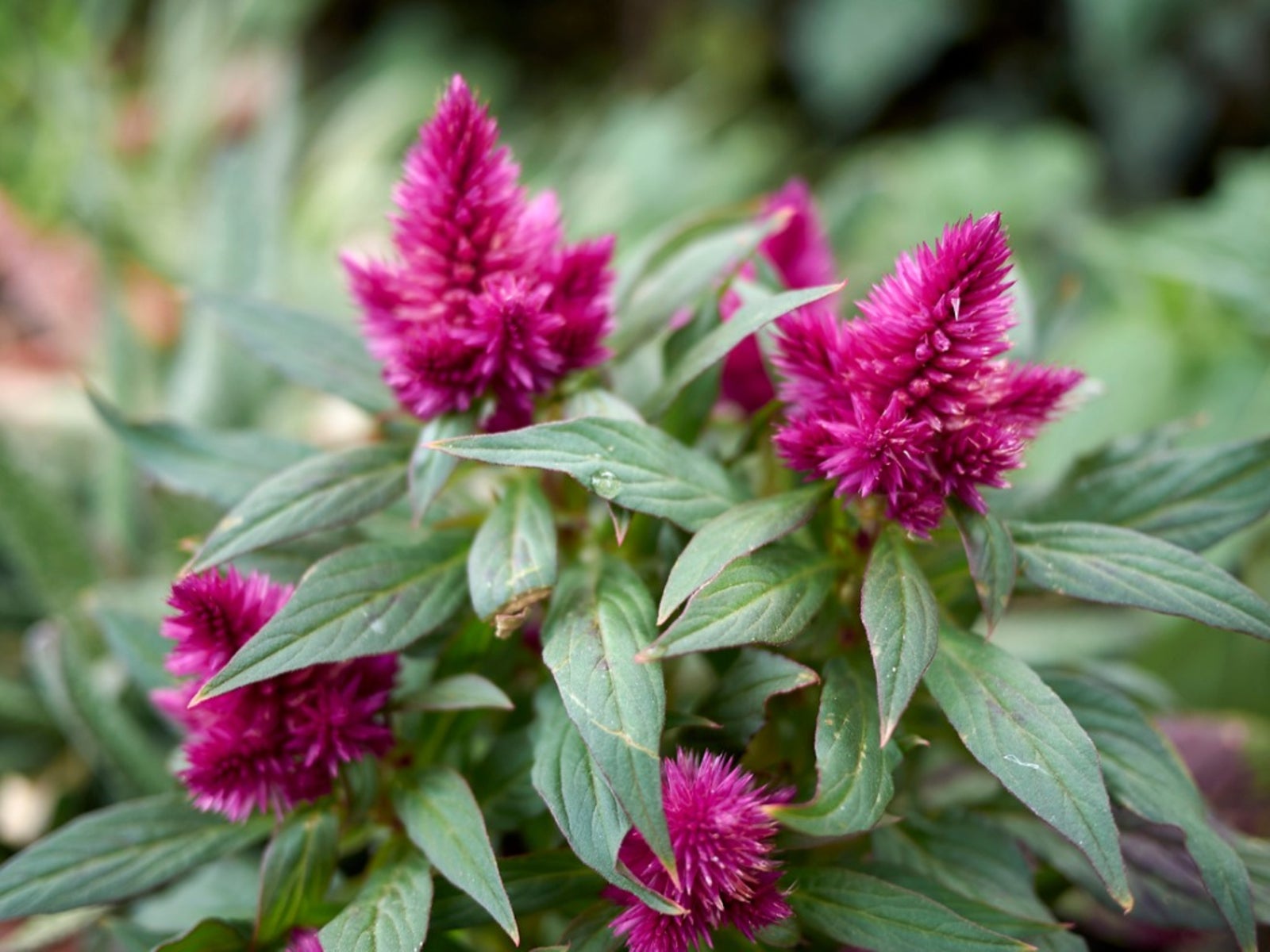What Is Lagos Spinach – Cockscomb Lagos Spinach Info

The Lagos spinach plant is cultivated throughout much of Central and Southern Africa and grows wild in East and Southeast Asia. Many Western gardeners are growing Lagos spinach as we speak and probably don’t even know it. So what is Lagos spinach?
What is Lagos Spinach?
Cockscomb Lagos spinach (Celosia argentea) is a variety of Celosia grown as an annual flower in the West. The genus Celosia contains about 60 species native to tropical regions.
Celosia is divided into five categories according to the type of inflorescence or “bloom.” The Childsii group is composed of terminal inflorescence that looked like fuzzy, colorful cockscombs.
Other groups have flattened cockscombs, are dwarf varieties, or bear plumed or feathery inflorescences.
In the case of Lagos spinach celosia, rather than growing as an annual flower, Lagos spinach plant is grown as a food source. In West Africa there are three types grown all with green leaves and, in Thailand, the predominantly grown variety has red stems with deep purple leaves.
The plant produces feathery silvery/pink to purple inflorescence which gives way to numerous small, black edible seeds.
Additional Info on the Lagos Spinach Plant
The Lagos spinach plant is rich in protein and vitamin C, calcium and iron with the red varieties, also high in anti-oxidant properties. In Nigeria where it is a popular green veggie, Lagos spinach is known as ‘soko yokoto’ meaning ‘make husbands fat and happy’.
Gardening tips, videos, info and more delivered right to your inbox!
Sign up for the Gardening Know How newsletter today and receive a free copy of our e-book "How to Grow Delicious Tomatoes".
Young shoots and older leaves of Lagos spinach Celosia are cooked in water briefly to soften the tissues and remove oxalic acid and nitrates. The water is then discarded. The resulting vegetable is much like spinach in appearance and flavor.
Growing Lagos Spinach
Lagos spinach plants can be grown in USDA zones 10-11 as perennials. This herbaceous plant is otherwise grown as an annual. Plants are propagated via seed.
Lagos spinach Celosia requires moist, well-draining soil that’s rich in organic matter in full sun to part shade. Depending upon the variety of Celosia and soil fertility, plants can grow up to 6 ½ feet (2 m.) but are more commonly around 3 feet (just under a meter) in height.
Leaves and young stems are ready for harvest about 4-5 weeks from sowing.

Amy Grant has been gardening for 30 years and writing for 15. A professional chef and caterer, Amy's area of expertise is culinary gardening.
-
 Looking For Plants To Give You The Soft And Fuzzies? Try These 5 Fuzzy Leaf Plant Options
Looking For Plants To Give You The Soft And Fuzzies? Try These 5 Fuzzy Leaf Plant OptionsLovers of texture, drama, silver foliage and tactile plants will adore these special sensory garden additions. These fuzzy leaf plant options will leave you all aglow
By Susan Albert
-
 Get Ready For A Summer Of Hummers! Grow These Full Sun Hummingbird Plants and Flowers
Get Ready For A Summer Of Hummers! Grow These Full Sun Hummingbird Plants and FlowersIf you’re lucky enough to enjoy a sunny backyard, make sure you are maxing out on your pollinator opportunities and grow these full sun hummingbird plants and flowers
By Tonya Barnett
-
 Celosia Plant Death: Reasons For Celosia Plants Dying
Celosia Plant Death: Reasons For Celosia Plants DyingCelosia can be a long-blooming, low maintenance plant, but it can also be susceptible to certain pests and diseases. If you've found yourself wondering: "Why is my celosia dying", click this article to learn about common celosia problems.
By Darcy Larum
-
 Celosia Care: Learn About Growing Flamingo Cockscomb
Celosia Care: Learn About Growing Flamingo CockscombIf you're in the mood to plant something different to dazzle your neighbors, consider planting a few flamingo cockscomb plants.
By Mary H. Dyer
-
 Growing Cockscomb Flower In The Garden
Growing Cockscomb Flower In The GardenThe cockscomb flower is an annual addition to the flower bed, commonly named for the red variety that is colored similar to the cock?s comb hanging from his chin. Read more about the plant in this article.
By Becca Badgett